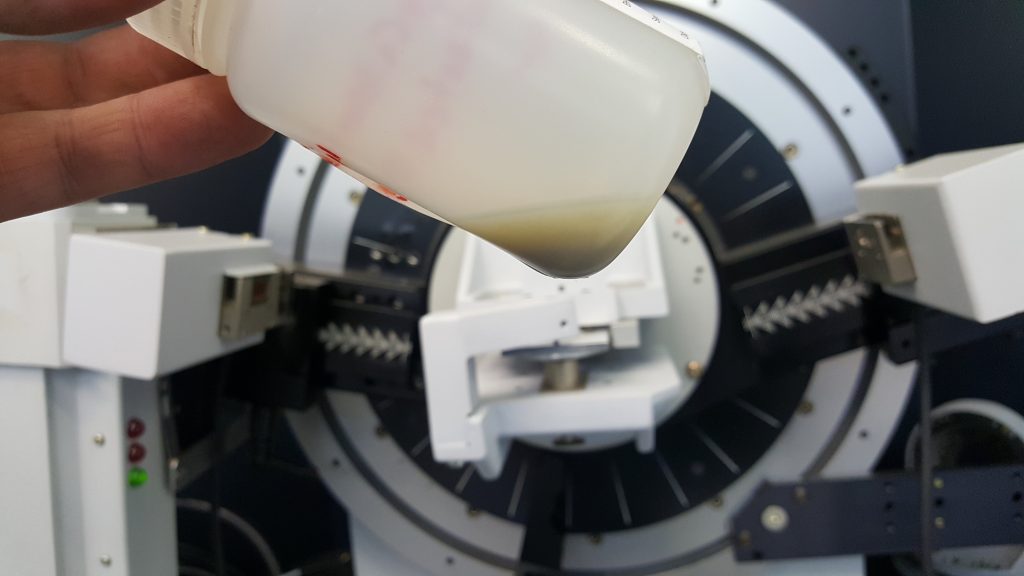 It’s relatively common for us to receive very small volumes of material for analysis. Often this is the total amount available so getting the right answers is extremely important. When these come in as powders, the answer is always to run them on a zero background plate, but sometimes that’s not the case. Luckily, there are other options for analysis of very small quantities.
It’s relatively common for us to receive very small volumes of material for analysis. Often this is the total amount available so getting the right answers is extremely important. When these come in as powders, the answer is always to run them on a zero background plate, but sometimes that’s not the case. Luckily, there are other options for analysis of very small quantities.
The most common application for filter-membrane sample holders has always been respirable silica quantification. This is mandated by OSHA and is an extremely common industrial hygiene test. Ambient air is sampled with a fixed or mobile suction system and particles are deposited onto a PVC membrane inside a sealed cartridge. Testing procedures are defined by NIOSH7500 and since this is a total quantification method (not a relative method), it’s critical that the entire sample is measured. Unfortunately, the measurement cannot be completed on the PVC membrane as received. Transferring the sample powder to an Ag membrane is accomplished by dissolving or ashing the PVC away, diluting the remainder in a solvent and depositing it onto the Ag membrane by vacuum filtration. The end result is an extremely low loss of analyte even for very small volumes of material.
This preparation method is also very useful for other types of samples which might have crystalline particulate suspended in a solution. Drying samples can be time-consuming, heating them to boil off liquid can cause phase transitions in the crystalline analyte, and handling dry powder in very small quantities is a very good way to lose material. Vacuum filtration solves all these problems.
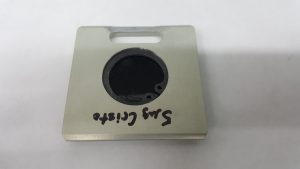 Our most popular custom sample holder is the SC40F25 which is designed to hold the common 25mm Ag membrane filters used for this type of mounting. The anodized Al body is a time-tested design that works very well and causes almost no interference with the data, unlike the original injection-molded plastic parts. However, the most common method for retaining the membrane has always been to drop a metal support disk behind it and use an ID snap ring to retain both the disk and membrane. This can be a frustrating operation even for experienced hands. Snap rings are hard to control and the high spring tension gouges the inner diameter of the Aluminum body to the point that the holders must be replaced periodically.
Our most popular custom sample holder is the SC40F25 which is designed to hold the common 25mm Ag membrane filters used for this type of mounting. The anodized Al body is a time-tested design that works very well and causes almost no interference with the data, unlike the original injection-molded plastic parts. However, the most common method for retaining the membrane has always been to drop a metal support disk behind it and use an ID snap ring to retain both the disk and membrane. This can be a frustrating operation even for experienced hands. Snap rings are hard to control and the high spring tension gouges the inner diameter of the Aluminum body to the point that the holders must be replaced periodically.
After watching so many clients struggling with this system, we thought we could find a better option. The first step was a simple, laser cut acrylic backer instead of the metal disk. The acrylic was thicker which limited the depth to which the snap ring needed to be set. This was an improvement but still required the snap ring.
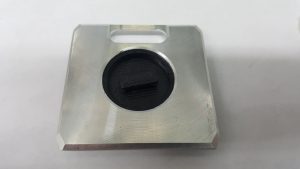 The next step was 3D printed plugs which could be pushed into the well. These supported the membrane and held it in the plane of diffraction at the same time. A standard pair of pliers was all the was needed to grab the plug and gently rotated it to release the membrane. This seemed like the ideal solution, but we heard from one user who claimed that the plug was causing an interfering peak in his measurements. We’ve been around the block with 3D printed sample holders in general and it’s definitely true that the common thermoplastics used will crystallize when cooled rapidly. This causes lots of problems for routine analysis of powders, but this was the first we’d heard of a peak being visible through an Ag membrane. Perhaps this user had a particularly thin membrane, but regardless, we needed a new solution, both for their lab and our own.
The next step was 3D printed plugs which could be pushed into the well. These supported the membrane and held it in the plane of diffraction at the same time. A standard pair of pliers was all the was needed to grab the plug and gently rotated it to release the membrane. This seemed like the ideal solution, but we heard from one user who claimed that the plug was causing an interfering peak in his measurements. We’ve been around the block with 3D printed sample holders in general and it’s definitely true that the common thermoplastics used will crystallize when cooled rapidly. This causes lots of problems for routine analysis of powders, but this was the first we’d heard of a peak being visible through an Ag membrane. Perhaps this user had a particularly thin membrane, but regardless, we needed a new solution, both for their lab and our own.
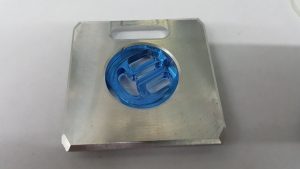 Our current solution is a laser cut “spring” backer which again combines the function of retainer and support in one part. The spring is easy to install by hand and can even be removed by hand, but forceps or needle-nose pliers make this easier. These have been working very well so we’re hopeful that this is going to be a long-term solution that we can share with our clients.
Our current solution is a laser cut “spring” backer which again combines the function of retainer and support in one part. The spring is easy to install by hand and can even be removed by hand, but forceps or needle-nose pliers make this easier. These have been working very well so we’re hopeful that this is going to be a long-term solution that we can share with our clients.


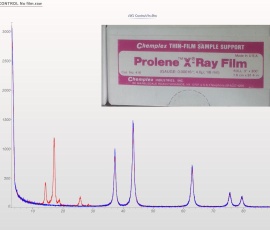
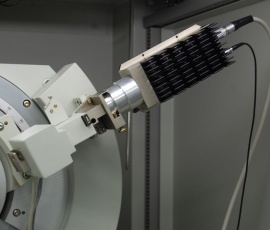
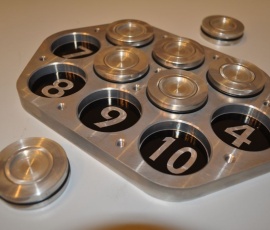
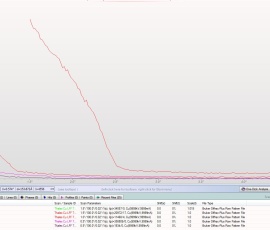
Sorry, the comment form is closed at this time.